By YEC | Running a Business
How to Predict Your Sales (And Understand What's Happening in Your Pipeline)
Many sales organizations get caught up in the details of educating their prospects or convincing them to buy. Some sellers may even ask “What do we need to do to earn your business?” or worry about what they can do to facilitate the buying process. Another common question that salespeople ask: “What do you see as next steps?”
The sellers lose sight of the fact that it’s the prospect that needs to do something for a sale to happen. Clearly the prospect needs to agree to basic things, such as when they will make a decision (although few salespeople ask the prospect this). But even less obvious prospect commitments and actions can be a strong indicator. Examples might include signing a bilateral NDA, giving the salesperson specs or detailed drawings, introducing the salesperson to or involving other key execs in the buyer’s organization, or simply approving the seller as a vendor in case they decide to buy.
Actions Speak Louder Than Words
We’ve worked with companies where a half-day tour of the selling company’s facilities led to a 70 percent close rate. Of course they didn’t invite just anyone in for a tour — they did a little qualification, first. The key is that the salespeople learned that traditional selling tactics and presenting/educating were not nearly effective as asking a qualified prospect to visit their facility. In those cases, managing the salespeople is pretty straightforward. The number of tours of qualified prospects is simple to measure.
You don’t have to have a facility for people to visit. There are countless examples of actions the prospect takes that indicate they are more likely to buy from you. The key is knowing what they are, and then holding your sales team accountable for obtaining them.
Learning to accurately forecast sales is a sophisticated process, critical for firms that must allocate manpower or resources to satisfy customers or investors. So you can imagine our frustration when we work with a new client whose sales force has been arbitrarily assigning percentages to each account in their pipeline and then wondering why the team misses their own forecasts. Even if one top salesperson seems to be somewhat accurate in their predictions, they rarely have a process that can be adopted by others.
Accurate Forecasting
There are two primary components of accurate forecasting.
1. Information gathered from the prospect.
2. Actions the prospect has completed.
In simple terms, it’s not just what the prospects tell you, it’s what they’ve done. Accurate forecasting is not based on how many times the salesperson has called or presented. “Wearing down” a prospect is an ineffective sales technique and a poor use of the salesperson’s time.
Information gathered might include examples such as company information, competition, impending events, deadlines, pains, problems, costs of the problems continuing, job title of decision makers contacted and so on. Most effective pipeline evaluation tools I have seen use about 25-35 metrics to evaluate closing probability and timing.
Point two — actions the prospect has taken — is the most commonly omitted portion of forecasting. If you believe Mark Twain’s quote, “actions speak louder than words but not nearly as often,” you’ll understand the value of including actions the prospect has taken when evaluating closing probability and predicting deal timing.
We recommend clients use actions taken by the prospect as the most reliable metrics to predict future sales. If you are in a long or complex sales cycle, wasting precious resources on prospects that never take any action and never buy can have immense consequences.

